AURORA

THERES NO SWELL to speak of, just little lapping waves, so landing is just a matter of running the Zodiacs up onto the stony beach, allowing us to jump ashore. Not jump exactly: we swing our legs over the sides of the inflatable, and drop down onto the land, ideally between waves. You dont want to get your feet wet, because theyd soon freeze.
All along the shoreline lie trinkets of white ice, nudged up by the tide. A shore of ice and bonespeople still come hunting here; the top of the beach is strewn with the bleached, butchered skulls and spines of narwhal and seal. Where the beach ends and the vegetation begins, an outboard engine lies abandoned, rusting violently.
While the Zodiacs are being secured, Polly and I take off our lifejackets and dump them beside the abandoned engine. PollyI wont give her real nameis from central Europe, and is my cabin mate. Im fortunate in her, enjoy her company. She speaks always with a sad or wistful laugh in her voice, or maybe its just her accent.
Were part of a group whove chosen to leave the ship and come ashore, to walk up onto a low rocky ridge, for the sake of the view. Though view is too benign a word for the vast, unnerving scale of this land, its clarity of light. I want to try to come to terms with where I am: a whole new world, a world with ice. We are in a bay; eastward, out on the open sea, icebergs are glowing a marshmallow pink in the morning sun. Theyve escaped the confines of the fjords and float free; the currents will bear them south toward their slow dissolution. Another iceberg, white and dazzling, guards the entrance to the bay where the ship is anchored.
Polly and I are both wearing old goose-down jacketsmine patched with gaffer tapeand hats, and gloves, and boots. When the partys assembled we begin trudging inland over crisp plants quite new to me. Ive long loved the word tundra, with its suggestion of far-off northern emptiness, and I guess these must be tundra plants, under my feet. The plants are in their autumn colours, russets and fawns and mustard yellow. They spill between the rocks, dwarf willow and dwarf birch, and maybe bearberry. Among the trees mazy horizontal branches grow lichens, and a kind of reed which curls at the end, like singed cats whiskers. Its September. When we tread on the plants they release a dry herby smell into the crystalline air.
Feather for you, says Polly. Although Id been looking down at the plants, it wasnt until I saw Polly bend and pick one up that I realised there were feathers scattered all over them. Goose feathers, caught on the dry leaves and twigs, frittering in the terse breeze. Droppings, too. The geese must have been gathered here so very recently, maybe only yesterdayhundreds of them, ready for the off. To my mind, geese only travel north, to some place beyond the horizon. But this is that place. From here, they go south. Involuntarily I look up and out to sea, where the icebergs shine, as if to catch sight of the last flight departing toward Iceland, toward Europe. But the sky is cold, blue and empty.
We cross the hummocky goose-plain, and begin the climb onto the ridge. Theres about a dozen of us, from Europe and North America, tourists, still strangers to each other, beginning to get to know each other through polite conversation, getting to know the world a little, if thats what were doing, such is our privilege. Weve been instructed to stay behind the gun. We have a guide, a young Danish biologist, who carries flares to scare them, and a rifle as last resort, in case of aggravated polar bears, but there are no polar bears. Polar bears? one of the ships Russian crewmen had shaken his head. Huh. They ate the last one years ago.
With an outcrop of smooth bare rock to shelter us, we take off our rucksacks, set aside our cameras and the gun, crouch or sit down, out of the breeze. Its a stern breeze, blowing from the land, insouciant now, but, like everything here, it carries a sense of enormous strength withheld. Once everyone is settled, the guide makes a suggestion: why dont we keep silent, just for a few minutes, sit still and keep quiet, just listen?
We have the sea, deceptively calm and blue and serene with icebergs, stretching away eastward under an ashy sky. Below in the bay our ship rides at anchor, looking overcomplicated among the smaller, white tufts of ice which drift soundlessly around it. Though white, the ship looks dirty, too, the way sheep suddenly look dirty when it snows. Behind the ship, the far side of the bay rises to a low brown ridge similar to this, and beyond that ridge is arranged a row of white pinnaclesthe tips of icebergs grounded in a hidden inlet. Westward rises a range of brown jagged mountains, and beyond the coastal range there are hints and gleams of something I thought at first was a band of low cloud, but its ice, maybe the edge of the inland icecap. The air is extraordinarily clear.
Thats what we see. What we listen to, though, is silence. Slowly we enter the most extraordinary silence, a radiant silence. It radiates from the mountains, and the ice and the sky, a mineral silence which presses powerfully on our bodies, coming from very far off. Its deep and quite frightening, and makes my mind seem clamorous as a goose. I want to quell my mind, but I think it would take years. I glance at the others. Some people are looking out at the distant land and sea; others have their heads bowed, as if in church.
A minute passes, maybe two, maybe five, just the breeze and this powering silencethen a raven flies over. I knew Polly likes birds, so glance to see if shes noticed it and she has; her head is tilted back and quietly shes raised her gloved hand to shield her eyes. The bird, utterly black and alone in the sky, is heading inland on steady wings. It, too, keeps quiet.
They used to navigate by raven, the Vikings, there being no stars visible at such high latitudes in summer. The old sagas say that the Viking settlers of Iceland took ravens. Out of sight of land, wallowing at sea, they would release a raven and watch it climb the air until it was high enough to sight land. Where the raven headed, they followed in their open boats. Maybe ravens had brought them here, too, in their Greenlandic voyages, a thousand years ago. A thousand years. The blink of an eye.
Be quiet, I tell myself. Listen to the silence. I take my eye off the raven for a moment, and when I look back its gone.
How long we sit there I dont know. I know only that Id never heard anything like it, a silence that could dismiss a sound, as wind would dismiss a feather. Five minutes, ten, minutes in a lifetime.
Some people say you can never experience true silence, because you come to hear the high whine of your own nerves. That is to say, you hear the very nervous system which allows you to hear at all. Nerves because we are animals, not ice, not rock. Driven by cold and hunger. Its cold, our animal bodies say; best get moving. Keep warm, keep hunting. So, after maybe ten minutes, by some unspoken assent, a movement, a cough, our experience of deep silence is over, and life begins to whip us on our way. We all begin slowly to stand. Polly catches my eye, gives me the little smile and shrug which I already know are characteristic of her. We begin to move downhill, back toward the waiting boats. Its a while before anyone speaks.
Now its mid-afternoon and hardly silence, theres too much excitement. Were back on the ship, were underway and icebergs are coming. They appear ahead, one after the next, conveyed from a great manufactory, the distant Daugaard-Jensen glacier at the top of the fjord. A dozen of us, much the same dozen who had sat on the hill this morning, are leaning out over the ships white metal bow as far as we dare, the photographers with their cameras, the birders with binoculars, shouting above the wind and engine drone. The wind is no joke; it would flay you alive, a katabatic wind, they say, which flows downhill off the icecap, and were heading into it. You could go inside, of course, and view the ice through glass, but whats the point of that? You have to be out on deck, despite the cold, because of the cold, if you are to feel the white, deadening presence of the icebergs. Someone calls, Theyre so... organic! But organic is just what theyre not. Their shapes and forms are without purpose, adapted to no end. They are huge and utterly meaningless.

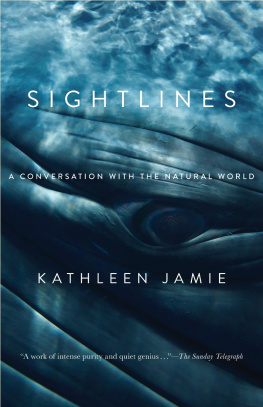

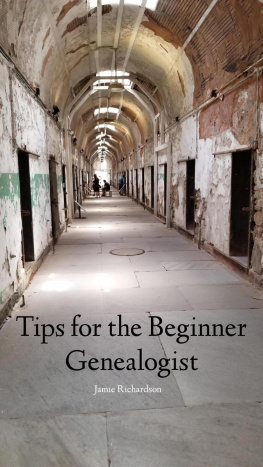
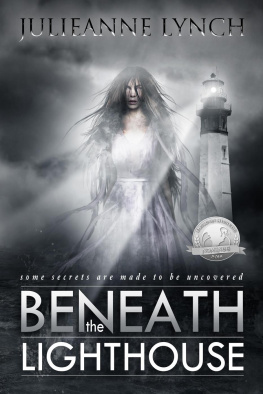

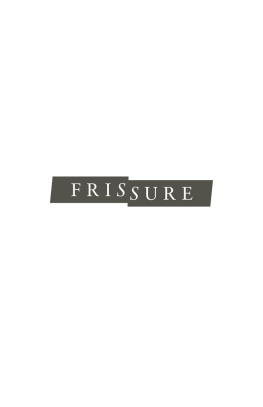
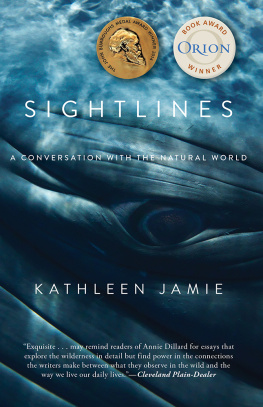
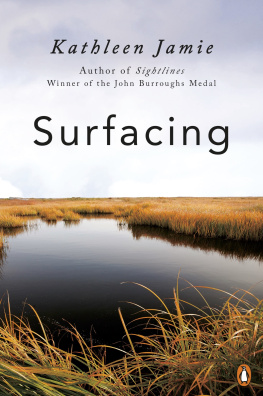

![Kathleen Jamie [Kathleen Jamie] - Among Muslims](/uploads/posts/book/141349/thumbs/kathleen-jamie-kathleen-jamie-among-muslims.jpg)
![Jamie Knight [Jamie Knight] - Revealing His Virgin](/uploads/posts/book/141323/thumbs/jamie-knight-jamie-knight-revealing-his-virgin.jpg)


